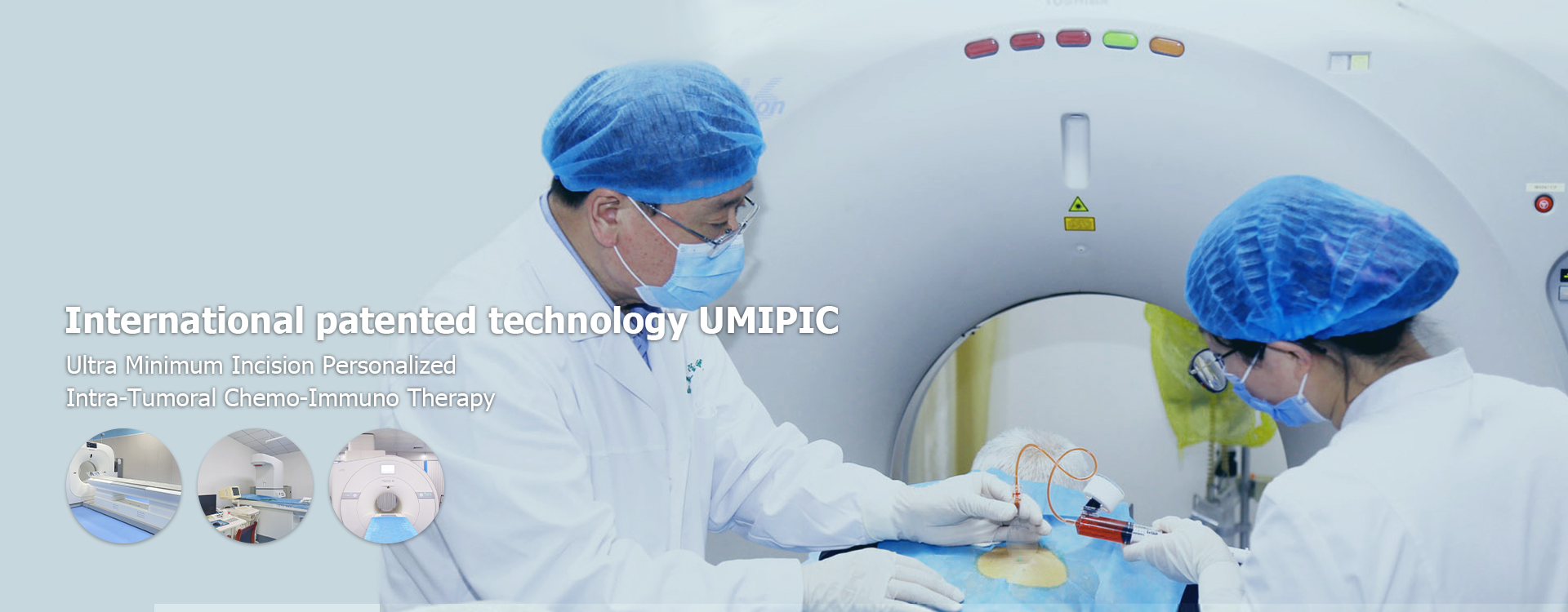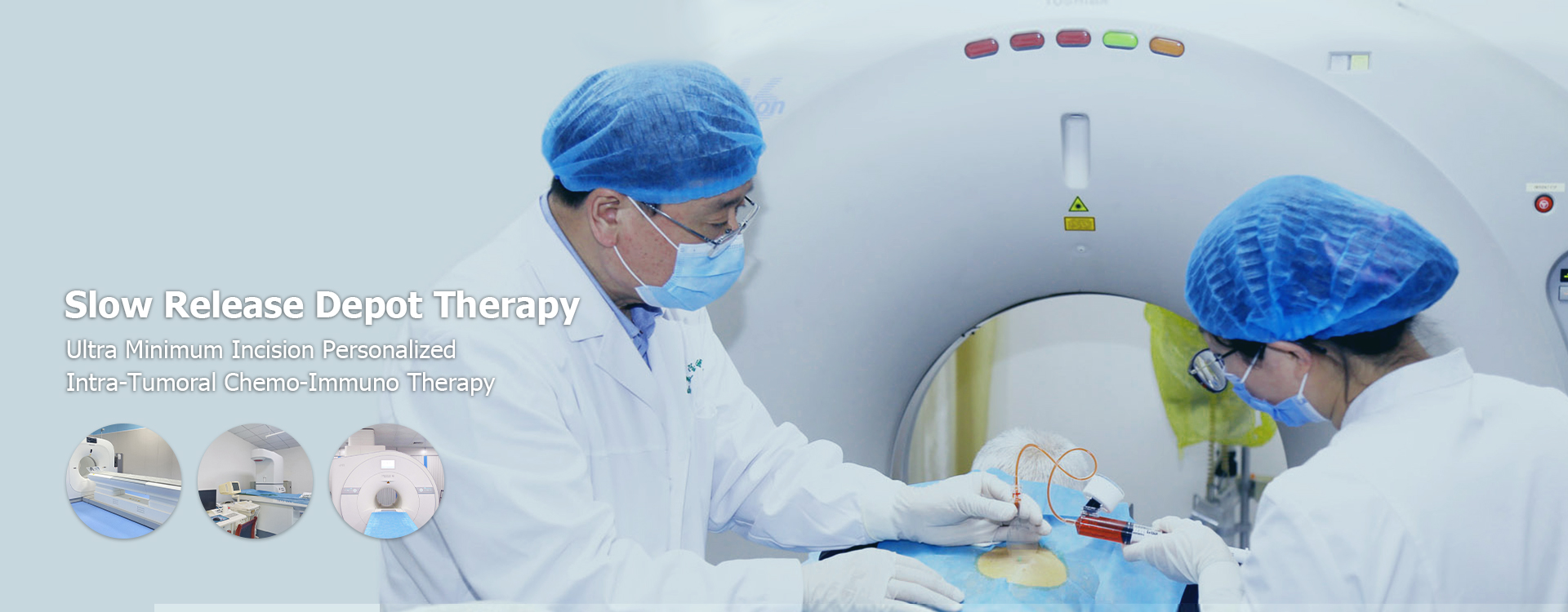
prostate cancer cost
Understanding the Costs Associated with Prostate Cancer TreatmentThis article provides a comprehensive overview of the financial implications of prostate cancer treatment, covering various factors influencing the overall cost. It explores diagnostic testing, treatment options, and ongoing management, offering practical insights and resources to help navigate these complexities.
Understanding the Costs Associated with Prostate Cancer Treatment
A prostate cancer diagnosis can be overwhelming, and the financial burden it presents is often a significant source of stress. The cost of prostate cancer treatment varies dramatically depending on several factors, including the stage of the cancer, the chosen treatment approach, the patient's insurance coverage, and geographic location. This guide aims to clarify these costs, providing a realistic picture of what individuals might expect.
Diagnostic Testing Costs
Before any treatment can begin, a thorough diagnosis is crucial. This typically involves several tests, each contributing to the overall cost. These might include a digital rectal exam (DRE), prostate-specific antigen (PSA) blood test, biopsy (often multiple biopsies), and possibly imaging studies like MRI or CT scans. The costs of these tests can range considerably depending on your insurance plan and the specific facility where the tests are performed. It's advisable to discuss pricing with your healthcare provider beforehand.
Treatment Costs: A Wide Range of Options
Prostate cancer treatment options vary depending on the stage and aggressiveness of the cancer. The costs associated with each differ significantly:
Surgery
Surgical options like radical prostatectomy (removal of the prostate gland) are typically expensive, encompassing hospital fees, surgeon's fees, anesthesia, and post-operative care. The exact cost depends on the complexity of the surgery and the duration of hospitalization.
Radiation Therapy
Radiation therapy, either external beam radiation or brachytherapy (implantation of radioactive seeds), also carries substantial costs. These costs include the radiation treatments themselves, planning sessions, and follow-up appointments. The number of sessions needed impacts the overall expense.
Hormone Therapy
Hormone therapy, used to slow the growth of prostate cancer cells, involves ongoing medication costs. The specific drugs prescribed and their duration of use affect the total expense. This treatment often requires ongoing monitoring, adding further costs.
Chemotherapy
Chemotherapy is typically reserved for advanced stages of prostate cancer and is generally among the most expensive treatment options. The cost involves the drugs themselves, administration fees, and potential hospital stays.
Other Treatments
Other treatments, such as targeted therapy and immunotherapy, also carry significant costs, influenced by the specific medication, dosage, and duration of treatment. These therapies are often cutting edge and can have associated higher costs.
Ongoing Management Costs
Even after completing primary treatment, ongoing management is essential. This often involves regular checkups, blood tests (PSA monitoring), and potentially further imaging studies. These costs can add up over time, necessitating careful financial planning.
Financial Assistance and Resources
Navigating the financial complexities of prostate cancer treatment can be daunting. Many resources are available to help alleviate the burden:
- Insurance Coverage: Understanding your insurance policy's coverage is crucial. Contact your insurance provider to determine what aspects of treatment are covered and what your out-of-pocket expenses will be.
- Patient Assistance Programs: Pharmaceutical companies often offer patient assistance programs to help patients afford their medications. Inquire with your doctor or pharmacist about these programs.
- Charitable Organizations: Several charitable organizations provide financial assistance to individuals battling cancer. Research organizations like the Prostate Cancer Foundation (https://www.pcf.org/) for potential resources.
- Government Programs: Depending on your location and eligibility, government programs may offer assistance with medical expenses. Explore options available in your area.
Comparative Costs: A Simplified Example
Note: These are illustrative examples and actual costs can vary significantly. Consult your healthcare provider for accurate cost estimates.
| Treatment Type | Estimated Cost Range (USD) |
|---|---|
| Surgery (Radical Prostatectomy) | $15,000 - $50,000+ |
| Radiation Therapy | $10,000 - $40,000+ |
| Hormone Therapy (Annual) | $5,000 - $20,000+ |
| Chemotherapy | $20,000 - $80,000+ |
Remember, this information is for educational purposes only and should not be considered medical advice. Always consult with your healthcare provider to discuss your specific situation and treatment options.
For more information on cancer treatment and support, you can visit Shandong Baofa Cancer Research Institute website. They offer comprehensive care and can provide personalized guidance.
Related products
Related products
Best selling products
Best selling products-
 Mark, a prostate cancer bone metastasis patient from the United States
Mark, a prostate cancer bone metastasis patient from the United States -
 Nell Smith, a throat cancer patient from Switzerland
Nell Smith, a throat cancer patient from Switzerland -
 Andress, a 9-year-old boy from the United States
Andress, a 9-year-old boy from the United States -
 Anthony, lymphocytic cancer patient from the United States 24
Anthony, lymphocytic cancer patient from the United States 24 -
 PAT, rectal cancer patient from the United States
PAT, rectal cancer patient from the United States -
 Famous American female painter Muriel
Famous American female painter Muriel
Related search
Related search- prostate cancer treatment options near me
- inoperable lung cancer treatment near me
- Cheap breast cancer surgery cost
- stage 4 lung cancer treatment options Hospitals
- Cheap top cancer hospital Hospitals
- treatment gleason 7 prostate cancer treatment
- prostate cancer treatment seeds
- China pi rads 5 prostate cancer treatment cost
- treatment pancreatic cancer signs
- treatment pancreatic cancer cause cost





